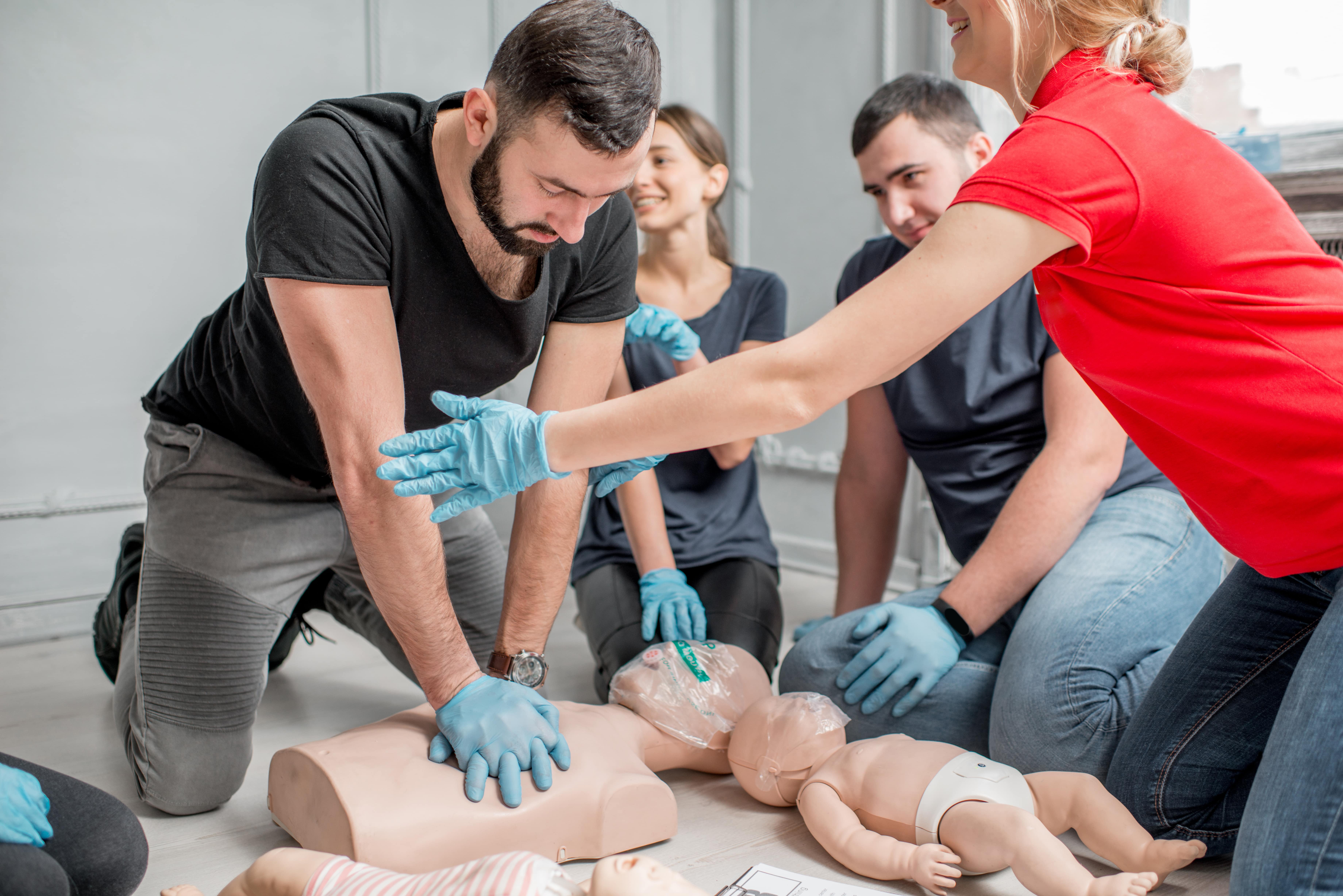Introduction
In our busy globe, emergency situations can strike without caution. Whether it's a small injury, a clinical emergency, or a dangerous scenario, understanding how to give emergency treatment can make all the difference. This is where a First Aid course enters into play. Many individuals may question what they can obtain from such training, and this write-up intends to clarify that.
By enrolling in a First Aid and mouth-to-mouth resuscitation course, you don't just learn about bandaging wounds or performing mouth-to-mouth resuscitation; you furnish on your own with invaluable abilities that can save lives. So, what exactly will you learn in a detailed course? Allow's study the details.
First Help Basics: What You'll Find out in a Comprehensive Course
Understanding First Aid
What is First Aid?
First help refers to the first assistance provided to somebody struggling with an injury or ailment up until specialist clinical aid shows up. It includes different strategies and abilities varying from basic injury care to lifesaving strategies like mouth-to-mouth resuscitation (Cardiopulmonary Resuscitation).
Importance of Emergency treatment Training
Why Needs to You Take a First Aid Course?
Taking a First Help course is vital for several reasons:
- Confidence: Knowing just how to react in emergencies can instill confidence. Life-Saving Skills: The capacity to carry out mouth-to-mouth resuscitation or help with choking can save lives. Career Innovation: Several occupations call for accreditation in first aid. Community Obligation: Learning methods you can aid others effectively.
Overview of CPR
What is CPR?
CPR, or Cardiopulmonary Resuscitation, is an emergency procedure executed when somebody's heart beat or breathing has stopped. It incorporates upper body compressions with rescue breaths to maintain blood circulation and oxygenation until specialist help arrives.
The Structure of a Comprehensive First Aid Course
What Does an Emergency treatment Course Include?
A well-rounded First Help and mouth-to-mouth resuscitation course usually covers the complying with topics:
Introduction to First Aid Legal and Ethical Considerations Scene Safety Basic Life Assistance (BLS) CPR Techniques Choking Relief Wound Care Management Burn Treatment Managing Shock Recognizing Medical Emergencies Using an Automated External Defibrillator (AED) http://marcoljrd522.bearsfanteamshop.com/cpr-training-opportunities-in-your-location-a-lifesaver-s-overviewLegal Aspects of First Aid
Are There Legal Effects Involved in Offering First Aid?
Yes, offering first aid does lug legal obligations called "Good Samaritan laws." These regulations secure individuals that help others in emergency situations, provided their activities are reasonable and not reckless.

Scene Safety and security: The Very First Step
How Do You Make sure Scene Safety?
Ensuring scene safety and security involves analyzing the atmosphere before approaching the victim:
- Look for possible dangers (web traffic, fire). Make certain it's safe for both you and the victim.
Basic Life Support (BLS)
What Role Does BLS Play in Emergency Situations?

Basic Life Assistance includes the basics of keeping life functions up until further medical aid gets here. This section covers vital skills such as:
- Checking responsiveness Activating emergency situation solutions Performing high-grade chest compressions
Advanced mouth-to-mouth resuscitation Techniques
What Are Advanced Techniques Covered in CPR Courses?
Advanced techniques might include:
- Two-rescuer CPR Use of barrier gadgets for rescue breaths Special factors to consider for infants and youngsters
Choking Relief Techniques
How Do You Aid Someone Who is Choking?
Choking alleviation involves two critical techniques:
The Heimlich maneuver for adults. Back impacts and breast drives for infants.Wound Care Management
How Do You Correctly Take Care Of Wounds?

Effective wound administration entails:
- Cleaning the injury with saline or clean water. Applying antibiotic ointment. Covering it with sterile dressings.
Burn Treatment
What Work Methods for Treating Burns?
Burn therapy differs by level:
Cool the burn under running water. Cover it with non-stick dressings. Seek medical focus for severe cases.Managing Shock
How Is Shock Acknowledged and Treated?
Recognizing shock includes searching for signs and symptoms like light skin, quick pulse, or complication:
Lay the individual down. Elevate their legs unless there are injuries stopping this. Keep them soothe up until aid arrives.Recognizing Medical Emergencies
What Kinds of Medical Emergencies Should You Understand Of?
Common clinical emergency situations include:
- Heart attacks Stroke Severe allergies Comprehending these problems aids you act quickly.
Using an Automated External Defibrillator (AED)
How Do You Utilize an AED Correctly?
Using an AED includes turning it on, affixing pads according to pictures on the gadget, and complying with voice motivates carefully.
Importance of Continual Learning
Why Is Continuous Learning Important in Emergency Treatment Training?
Continuous knowing guarantees First Aid Training you remain upgraded on finest methods and brand-new procedures in first aid care.
FAQs Concerning Emergency treatment Courses
What Is Consisted of in a Criterion First Aid Course?- A conventional training course typically covers standard life support, injury monitoring, choking relief methods, and legal considerations.
- Most training courses vary from 6 hours to 16 hours relying on the deepness of material covered.
- Yes, upon successful conclusion of many programs, individuals get a first help certificate, which is typically valid for 2 years.
- Yes! Lots of companies offer online courses that supply adaptable discovering atmospheres while still being effective.
- Absolutely! Hands-on practice is important for grasping skills like upper body compressions and making use of AEDs effectively.
- Generally, there are no age limitations; nonetheless, participants should be emotionally qualified to learn these life-saving abilities effectively.
Conclusion
Enrolling in a thorough emergency treatment course furnishes individuals with vital understanding that can save lives during emergency situations-- whether in the house, work, or out in public rooms! From recognizing standard life assistance procedures like mouth-to-mouth resuscitation to learning how to handle wounds effectively or acknowledge indicators of shock-- these training courses supply important training that anybody can benefit from!
As we browse with our day-to-days live filled with unpredictability-- what far better means than preparing ourselves via expertise acquired from structured training sessions focused on saving lives?
In final thought-- if you're pondering occupying any type of first-aid training-- never ever think twice! Equip on your own today with these powerful tools since readiness absolutely makes all the difference when every second counts!